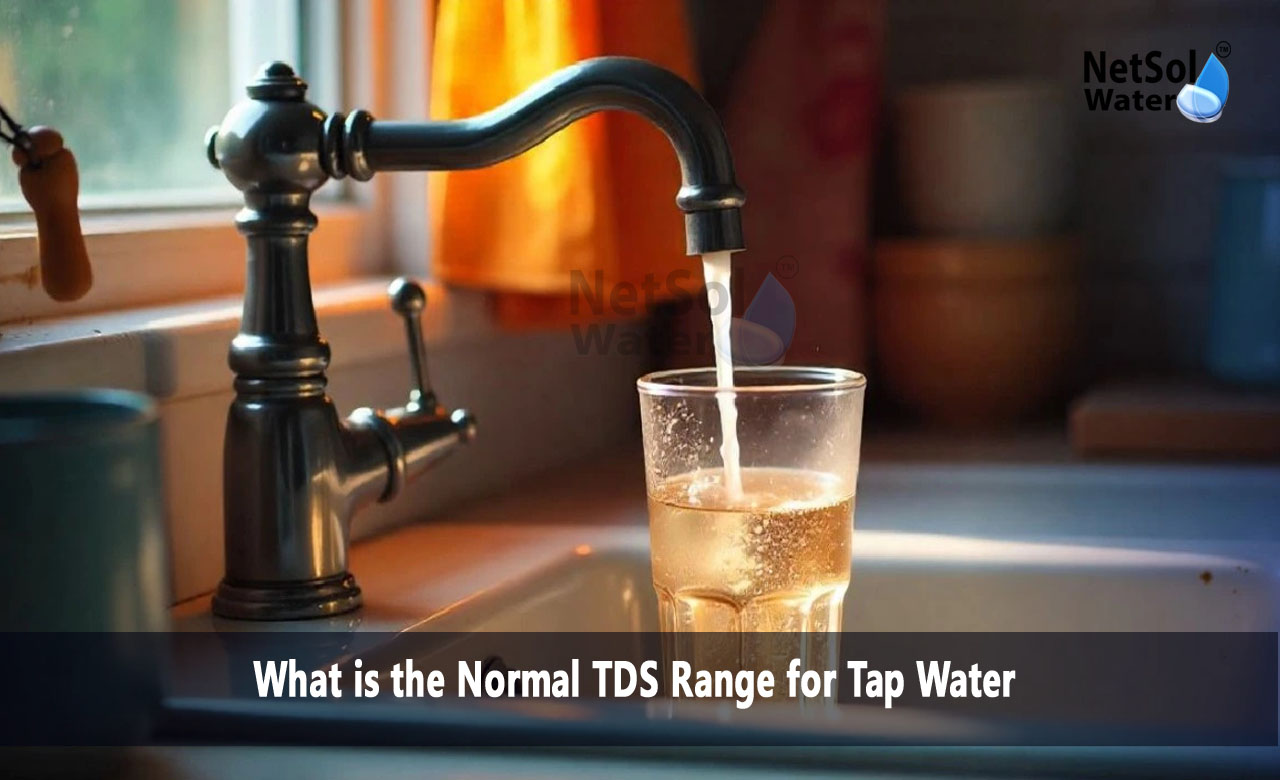What is the Normal TDS Range for Tap Water?
Tap water carries many dissolved minerals and salts and measuring total dissolved solids or TDS gives an idea about how much of these substances water contains. Knowing the normal TDS range for tap water helps people evaluate its safety, taste and overall quality. Many health agencies refer to 500 mg/L or ppm as the guideline upper limit for drinking water. Water with TDS below that level poses no health risk. Experts note that water tastes best when TDS lies in the moderate range of around 150 to 300 ppm. That range provides a balance between purity and mineral content. If TDS becomes very low water may taste flat and lack beneficial minerals like calcium or magnesium. If TDS becomes too high water may taste salty or metallic or carry unwanted contaminants.
Normal Range for TDS in Tap Water
To understand the normal TDS range for tap water start with why standards matter. The EPA in the United States sets a guideline of 500 mg/L as a secondary standard. It does not enforce it but uses it to guide taste expectations. Water with TDS below 500 mg/L counts as acceptable to drink. The World Health Organization rates water taste as excellent under 300 mg/L good between 300 and 600 fair between 600 and 900 poor at 900 to 1200 and unacceptable above 1200 mg/L.
Let us have a look at these numeric ranges in detail.
Lower Limit and Taste Impact
Water may fall below 50 ppm. That level feels pure. Such water may not harm health but often feels unsatisfying. It may also leach minerals from pipes.
Ideal Mid?Range Values
When TDS lies between 150 and 300 ppm water tastes balanced. It carries enough minerals for flavour and hydration yet stays clean. The WHO classifies water under 300 mg/L as excellent and up to 600 mg/L as good. Many consumers report that bottled water around 200 to 300 ppm tastes pleasant without any off?notes.
Upper Range Acceptable Limit
TDS from 300 to 500 ppm remains acceptable for most uses. Water at that level may feel slightly hard or carry faint mineral taste. Yet it stays within EPA guidelines below 500 ppm. Many homes report a tap water average around 350 ppm. When TDS climbs beyond 500 ppm water taste may turn metallic salty or bitter. High TDS may also signal scaling in pipes or presence of heavy metals or minor contaminants.
Very High TDS Levels
When TDS levels exceed 600 ppm taste quality drops sharply. Water rated between 600 and 900 ppm comes across as fair and between 900 and 1200 ppm as poor. Above 1200 ppm water becomes unacceptable for drinking. Water at such high TDS often causes scaling in boilers and appliances. It may carry elevated levels of sodium nitrates or industrial byproducts.
Measuring and Managing TDS in Tap Water
To know what is the normal TDS range for tap water you must measure it. Many people use a handheld TDS meter. They measure conductivity and convert to ppm. These meters provide quick readings for tap or filtered water.
After testing you can act depending on the result. When TDS proves too high systems such as reverse osmosis or distillation reduce dissolved solids. RO filters remove most minerals and contaminants but may strip away helpful minerals too. When TDS proves too low some people choose remineralization or blending to improve taste. Some filters include TDS controllers to retain healthy minerals while lowering harmful salts.
Health and Taste Considerations
Understanding the normal TDS range for tap water affects both taste and health effects. Moderate mineral levels support hydration and may add dietary calcium or magnesium. Water far below 50 ppm lacks those benefits. High TDS may include unwanted substances like arsenic lead or nitrates especially in water from polluted groundwater or industrial runoff. TDS by itself does not equal harm but its components matter. Most people find moderate TDS water tastes best and keeps risks low.
Conclusion
Tap water TDS between 150 and 300 ppm delivers excellent taste and retains useful minerals. Values up to 500 ppm remain acceptable within standard guidelines. Water below 50 ppm may taste flat. Water above 600 ppm may taste off or signal too much dissolved solids. Testing and managing TDS can improve water quality for your home or workspace. If you want more information or wish to measure and manage your tap water’s TDS level feel free to get in touch. You can request testing advice or consult a water expert for guidance.
Contact Netsol Water at:
Phone: +91-9650608473, Email: enquiry@netsolwater.com



